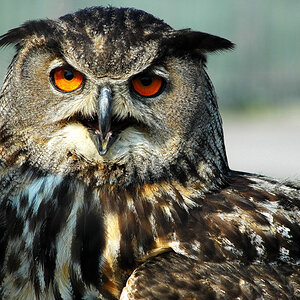Bucky
TPF Noob!
I'm loving the IR pictures on here but its making me wonder
how and what is it?
like what does IR stand for and how do you accomplish it?
and help would be appreciated!
how and what is it?
like what does IR stand for and how do you accomplish it?
and help would be appreciated!


![[No title]](/data/xfmg/thumbnail/38/38739-1ad36a46750bafbe805f009b4453e8be.jpg?1619738703)
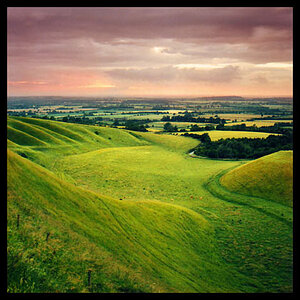
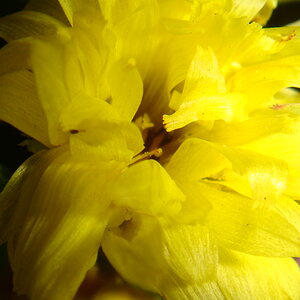
![[No title]](/data/xfmg/thumbnail/38/38737-350089c7ae87f5c983c5362b9b78b671.jpg?1619738703)
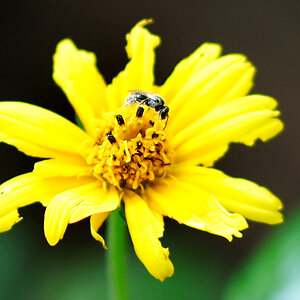
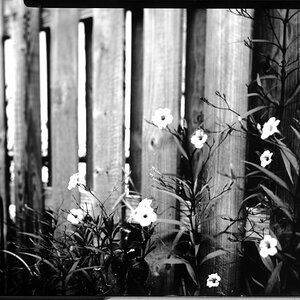
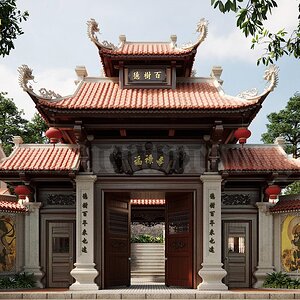
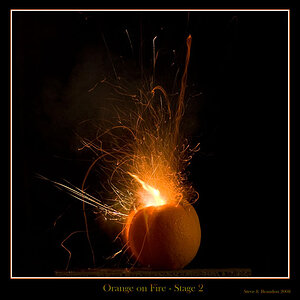
![[No title]](/data/xfmg/thumbnail/38/38740-d1a7721cf77e9309a9b4a4829c65fdd4.jpg?1619738704)
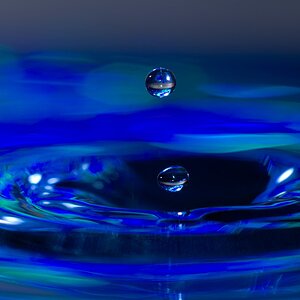
![[No title]](/data/xfmg/thumbnail/32/32808-9d1f657a1903d3bdbd67ea830397d62c.jpg?1619735668)
